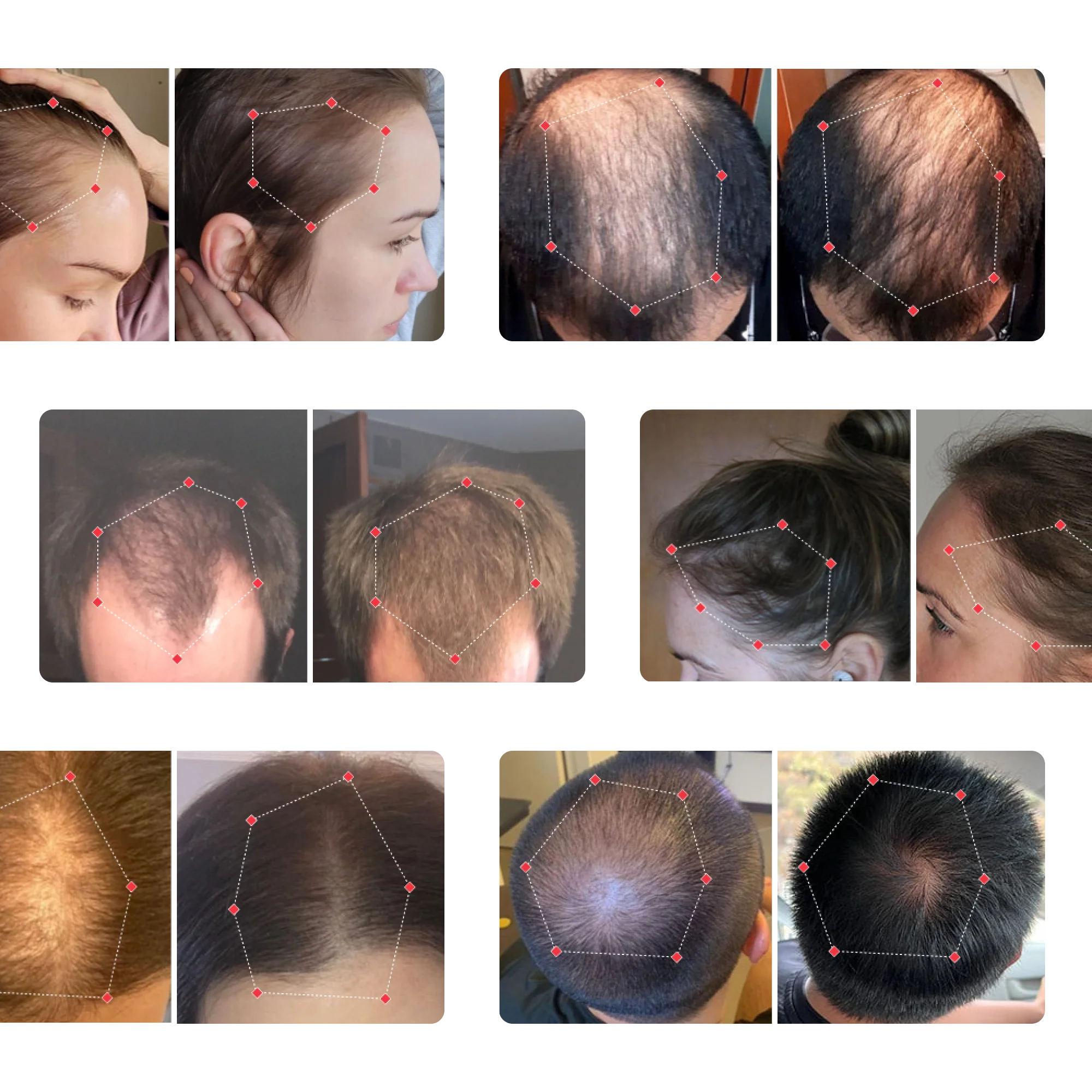Alopecia Areata is a condition that causes hair loss, usually in patches, most often on the scalp. Typically, bald patches appear suddenly, affecting only a limited area. This condition is developed when the immune system attacks the hair follicles, resulting in unpredictable hair loss. The hair grows back usually within 12 months or less but for some people, however, the problem can last longer and be more severe, causing Alopecia Totalis (total baldness) or Alopecia Universalis (total loss of body hair).
Causes
The disorder happens when white blood cells damage hair follicle cells, causing them to shrink and drastically slow down hair development. It is not clear exactly what causes the body’s immune system to attack hair follicles in this way. It can affect anybody regardless of age or sex. Genetic factors may play a role, particularly when the condition affects those under 30 years of age. About 40% of people younger than 30 years of age with Alopecia Areata have at least one family member who has been diagnosed with the same condition.
Around 60 percent of people with Alopecia Areata experience the first occurrence of hair loss before the age of 20. It’s typically followed by a hair re-growth. It’s normal, however, for the issue to come back. New bald patches may develop at the same time as older ones are re-growing hair.
The risk of developing Alopecia Areata is exceptionally high in people with thyroid disorders, asthma, hay fever, vitiligo, pernicious anemia, and Down syndrome.
While experts once assumed that cases of Alopecia Areata could be caused by stress, newer research has shown that stress is not a factor.
Symptoms
The most common symptom of Alopecia Areata is small round or oval patches of baldness on the scalp. These patches are often several centimetres or less. The surface of the bald skin appears smooth and natural. In some cases, there may be slight itching numbness, sensitivity or a burning sensation in the affected area. Hair loss may also occur in other parts of the face, such as eyebrows, eyelashes, and beards, as well as in other parts of the body. Some people lose hair in a few places. Others lose it in a lot of spots. Hair loss alone is not used to identify Alopecia Areata.
Alopecia Areata can also affect the fingernails and toenails, and sometimes these changes are the first sign that the condition is developing. There are a number of small changes that can occur to nails like pinpoint dents appear, white spots and lines appear, nails become rough, nails lose their shine, nails become thin and split.
Often people with Alopecia Areata also have anomalies on the surface of their fingernails, such as tiny cracks or dents grooves, noticeable splitting or abnormal redness.
There is presently no remedy for Alopecia Areata. Nonetheless, there is Alopecia Areata treatment that can help your hair grow back quicker and prevent future hair loss, as well as innovative ways to cover your hair loss.


















